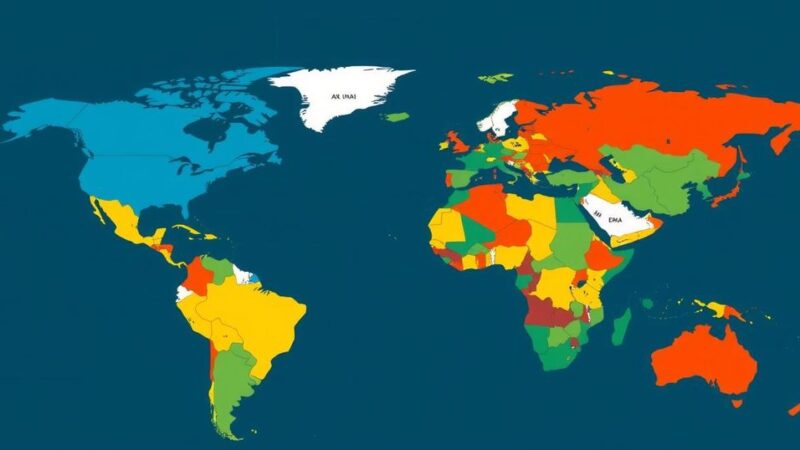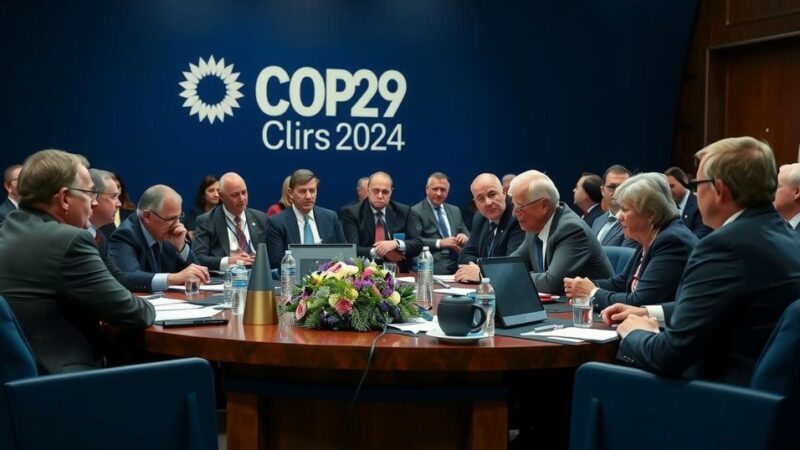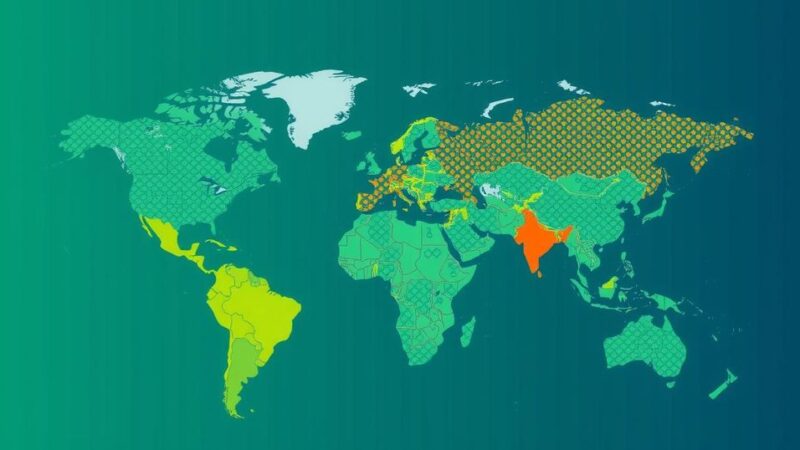The UN weather agency reports that 2023 was the driest year for the world’s rivers in over thirty years, significantly impacting water availability and contributing to prolonged droughts. With glaciers experiencing unprecedented mass loss and predictions of increasing water scarcity, the situation poses serious threats to global water security and agricultural stability.
In 2023, the world experienced its driest year in over three decades, as reported by the United Nations’ weather agency. This year, characterized by unprecedented heat, resulted in diminished water flows in numerous rivers, contributing to prolonged drought conditions in various regions. The World Meteorological Organization (WMO) highlighted that glaciers feeding many rivers have undergone the greatest loss of mass in fifty years, raising alarms regarding the long-term water security for millions globally. WMO Secretary-General Celeste Saulo emphasized that these changes indicate alarming trends in the hydrological cycle, manifesting through increasingly erratic patterns of rainfall, floods, and droughts, ultimately affecting lives, ecosystems, and economies. The “State of Global Water Resources 2023” report encompasses not only river data but also lakes, reservoirs, groundwater, and snow cover. Approximately 3.6 billion individuals currently suffer from inadequate access to water for at least one month each year, a number projected to escalate to 5 billion by 2050. The southern United States, Central America, and various South American nations, including Argentina, Brazil, Peru, and Uruguay, notably endured severe droughts and record-low water levels in significant water bodies. Moreover, the Mississippi River basin also reported unprecedented low water levels. With the ongoing effects of a hot summer anticipated to continue into 2024, there are significant concerns regarding water scarcity worldwide. This shortage is already affecting navigation and contributing to food crises in regions such as Zimbabwe and southern Africa. The WMO advocates for improved data collection and sharing to better assess water resource statuses and enable effective responses by governments and communities.
The phenomenon of prolonged drought and record-low river flows has emerged as a pressing global concern, particularly heightened in 2023, which has been marked by extreme temperatures. Historical data suggest that such alarming patterns in hydrological cycles have serious implications for water availability, with daunting predictions for the future. The implications extend beyond mere statistics, leading to socioeconomic issues, including agricultural challenges and food insecurity.
In conclusion, the findings presented by the WMO indicate a stark reality regarding global water resources, highlighting the dire consequences of climate change. The drastic reduction in river flows, coupled with unprecedented heat and drought conditions, underscores the urgent need for intervention and management of water resources. As the situation evolves, the world must consider proactive measures to mitigate water scarcity and enhance the security of vital water supplies for future generations.
Original Source: apnews.com






